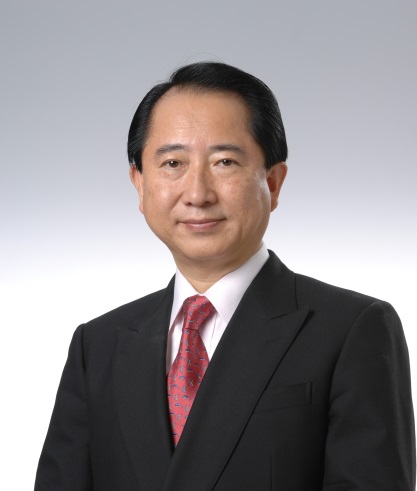Thirteenth International Summer School on Mind, Brain and Education
2018 October 16–20
Migrants and Refugees in the 21st Century: Children in and out of schools
Directors of the School:
Kurt W. Fischer, Antonio M. Battro and Sebastián J. Lipina
Director of the Course: Marcelo Suárez Orozco
Program Officer of the School: Lula Majdalani
Engineering Academy (Japan)
He is Director of the International Council of Academies of Engineering and Technological Sciences (CAETS), Executive Vice President of the Engineering Academy of Japan (EAJ), Member of the Science Council of Japan (Cabinet Office), and Fellow and Corporate Officer of Hitachi, Ltd. He is recognized worldwide as an early proponent and major advocate of the new trans-disciplinary field of Mind-Brain Science. KOIZUMI received his B.Sc. in 1971 and joined the Hitachi Group. He was conferred his Ph.D. in Physics for the invention of the Polarized Zeeman Effect Atomic Absorption (PZAA) Spectroscopy in 1976, from the University of Tokyo, Japan. His many research contributions span from environmental measurement based on the invention and practical application of PZAA Spectrometry, to the inventions of non-invasive medical imaging such as MR angiography and Optical Topography through to the development of Japan’s first superconducting magnet MRI equipment and the real-time observation of brain functions using functional MRI and Optical Topography.

Education that child refugees need
It moves our heart when we see child refugees sharing, albeit reluctantly, their scarce food with another starving refugee. Ongoing research in developmental, cognitive and behavioral neuroscience has revealed that “altruism,” or wanting to do something good for others (a desire that humans possess innately), is seen early in young children. Education for refugees should begin with bolstering this “warmheartedness” despite refugees’ harsh and stringent environment. Moreover, to continue to live in a foreign country, it is important to learn the local language. The OECD’s research on immigrants reveals a high correlation between immigrants’ L2 (second language) ability and their post-immigration living standard and/or social status. This research result led to the OECD’s official program “Globalization and Linguistic Competencies,” and its first international conference—the “OECD Japan Seminar “Globalization and Linguistic Competencies”—was held in Tokyo in 2008. The issue of language is a delicate and touchy problem in international politics. To address this challenge, a publication with a title similar to that of the conference was issued by the OECD in 2012, thanks to the passionate work of Dr. Bruno della Chiesa and cooperation from Prof. Noam Chomsky of MIT and others. We believe that “language competency to be able to use the local language in one’s new place” is the key to solving the issues of immigrants and refugees, especially their living conditions and independence. The intra-brain neuroscientific mechanism related to the acquisition of an L2 (second language) is gradually being uncovered. To cope with our current serious refugee problems, it could be necessary to apply our existing knowledge from the sciences and the arts to actual situations as quickly as possible instead of waiting for the complete unveiling of such a brain mechanism. The neuroscientific mechanism, as well as knowledge of the relationship between language and music (especially vocal music), which is truly felt and confirmed in our body at educational sites or via performances, needs to be reflected simultaneously and quickly in scientific research. A 3D virtual robot with AI (Linguaroid/Linguabot) or a smartphone app utilizing this knowledge is regarded as a phonetics-based L2 acquisition method. In addition, we believe that this method could contribute to keeping minority languages and cultures from extinction. Giongo or Gitaigo (Onomatopoeia) was not considered important in Saussure’s theory of language, which was based primarily on the principle of “arbitrary connection between sound and its meaning.” Recently, however, onomatopoeia has attracted interest from many linguists, musicologists and informatics researchers. Author thinks that onomatopoeia could bring forth common perceptions or coordinates to two different entities of a self and someone else. Onomatopoeia is regarded as the starting point of a language from the perspectives of the natural sciences and the arts. Collaboration among natural scientists, artists and linguists is believed to be important for L2 learning and education.















